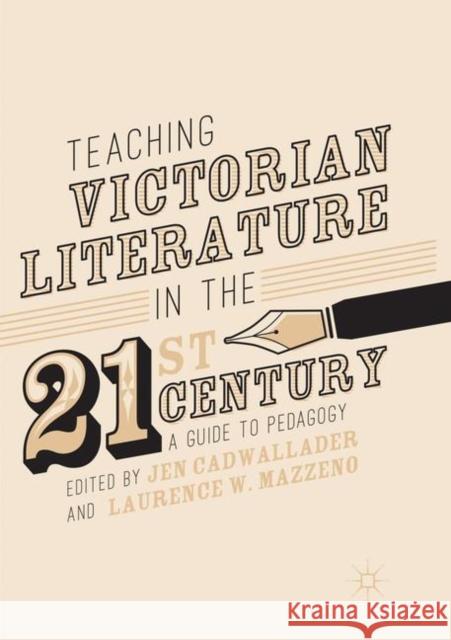Teaching Victorian Literature in the Twenty-First Century: A Guide to Pedagogy » książka
topmenu
Teaching Victorian Literature in the Twenty-First Century: A Guide to Pedagogy
ISBN-13: 9783319865003 / Angielski / Miękka / 2018 / 342 str.
Teaching Victorian Literature in the Twenty-First Century: A Guide to Pedagogy
ISBN-13: 9783319865003 / Angielski / Miękka / 2018 / 342 str.
cena 603,81
(netto: 575,06 VAT: 5%)
Najniższa cena z 30 dni: 539,74
(netto: 575,06 VAT: 5%)
Najniższa cena z 30 dni: 539,74
Termin realizacji zamówienia:
ok. 22 dni roboczych
Bez gwarancji dostawy przed świętami
ok. 22 dni roboczych
Bez gwarancji dostawy przed świętami
Darmowa dostawa!
Kategorie:
Kategorie BISAC:
Wydawca:
Palgrave MacMillan
Język:
Angielski
ISBN-13:
9783319865003
Rok wydania:
2018
Wydanie:
Softcover Repri
Ilość stron:
342
Oprawa:
Miękka
Wolumenów:
01











